1. Blockbuster – Passed on Buying Netflix for $50 Million
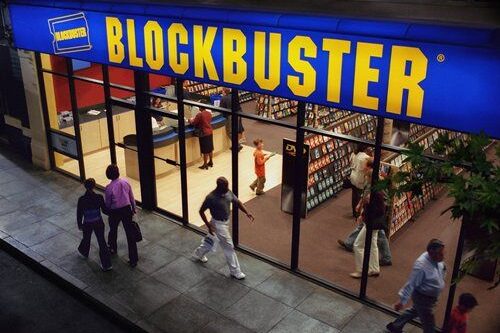
Blockbuster once had the chance to buy Netflix for a mere $50 million. At the time, streaming seemed like a small niche, and they believed their physical rental model was unshakable. Passing on that opportunity sealed their fate as Netflix quietly grew into a global entertainment leader. By the time Blockbuster tried to catch up, it was too late. The shift had already happened, and customers had moved on. It is a story of comfort blinding vision and a reminder that sometimes the future knocks softly before it roars into the room.
2. Kodak – Invented Digital Photography, Then Buried It to Protect Film

Kodak engineers invented the first digital camera back in 1975. Instead of embracing it, the company shelved the idea to protect its lucrative film business. That hesitation cost them dearly when digital photography became the standard. Competitors raced ahead while Kodak clung to a fading model. Their brand, once synonymous with memories, was suddenly outdated. It shows how protecting the present at all costs can rob you of the future. If they had taken a leap then, they might have been leading the industry today instead of becoming an example in business cautionary tales.
3. Toys “R” Us – Outsourced Its Website to Amazon and Handed Over Its Future
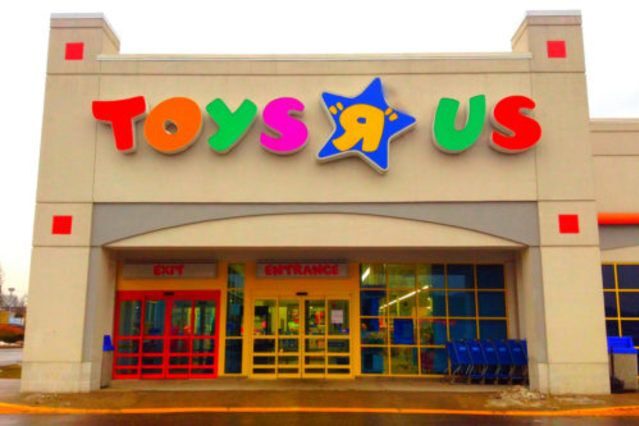
In the early 2000s, Toys “R” Us struck a deal to let Amazon handle its online sales. At first, it seemed like a smart way to boost reach without building their own e-commerce platform. In reality, it handed Amazon valuable customer data and an open door to dominate toy sales. When the contract ended, Toys “R” Us struggled to compete online. Their digital presence was too far behind, and shoppers had already made Amazon their go-to. A choice meant to save effort ended up costing them independence, proving that control over your own customers is priceless.
4. Borders – Ignored eBooks and Invested in CD Inventory Instead
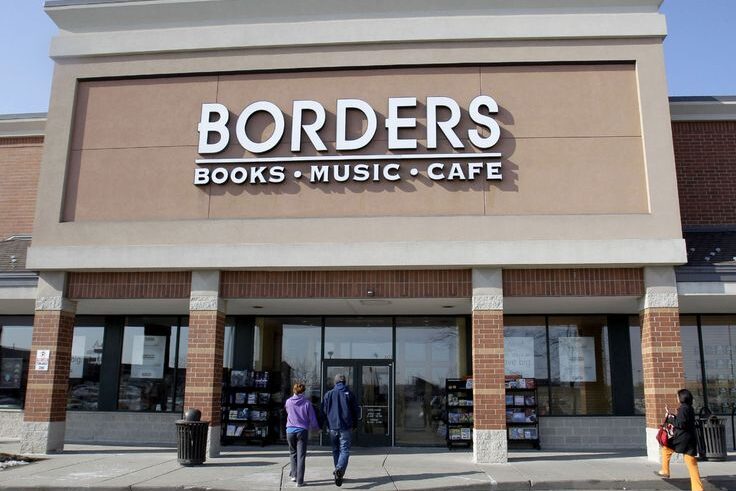
Borders watched as eBooks gained popularity but chose to double down on physical media. Instead of developing their own e-reader or growing digital sales, they filled shelves with CDs and DVDs just as streaming and downloading took over. The decision made them seem out of touch with a changing market. Shoppers migrated to companies that embraced technology, leaving Borders in the dust. It was not just a failure to adapt but a refusal to see where the future was heading. By the time they tried to adjust, the window of opportunity had already closed for good.
5. BlackBerry – Laughed Off the iPhone and Never Recovered
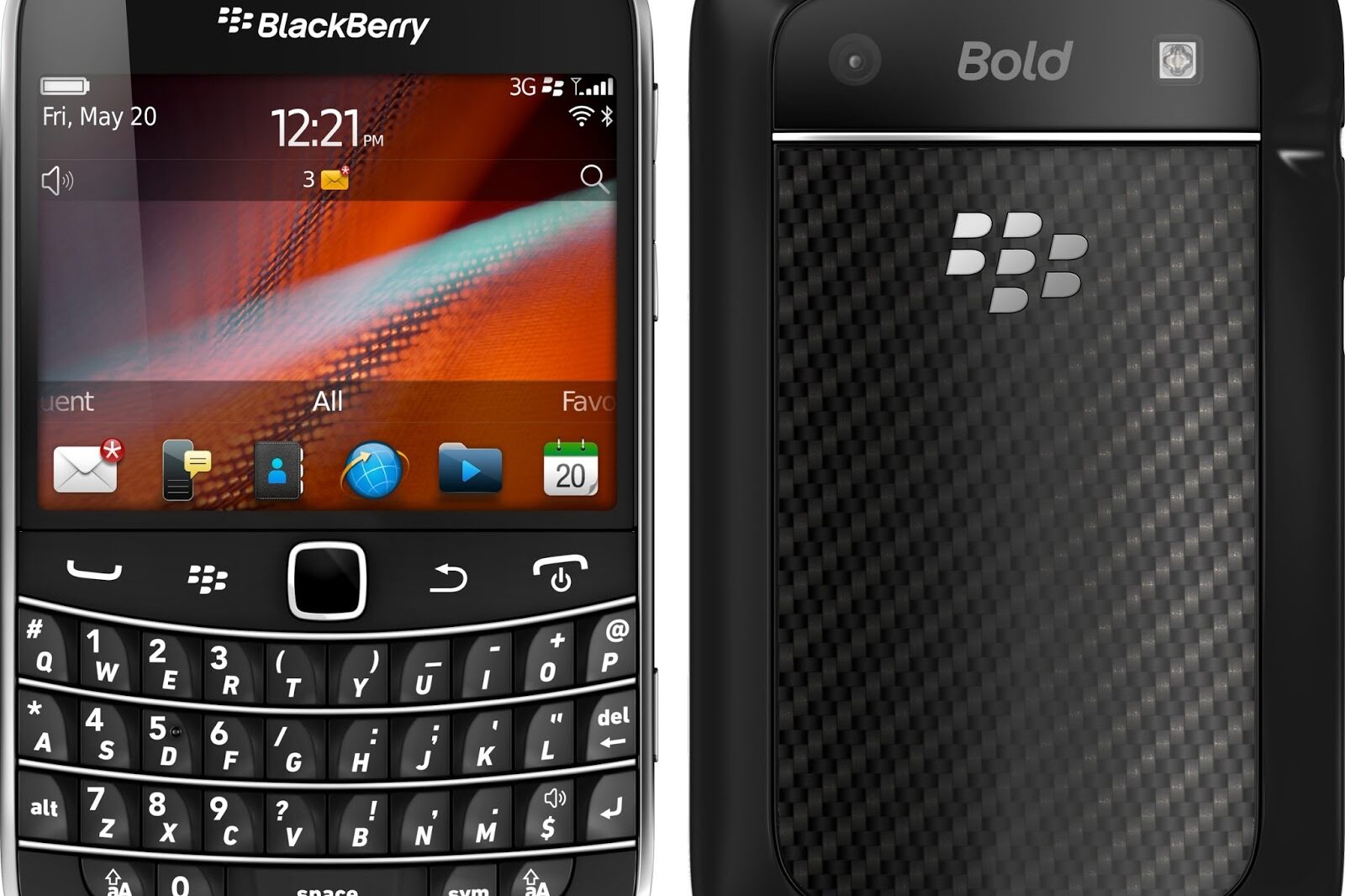
When Apple unveiled the iPhone in 2007, BlackBerry executives dismissed it as a fad. Confident in their secure email systems and physical keyboards, they saw no need to compete in touchscreen innovation. Customers, however, embraced the sleek design and endless apps the iPhone offered. As the market shifted, BlackBerry’s share shrank rapidly. Attempts to adapt came too late to win back the crowd. It is a sharp reminder that underestimating a competitor can leave you stranded. In the world of technology, the speed of change is ruthless, and staying relevant requires constant, open-eyed innovation.
6. Quibi – Spent $1.75 Billion on Short Videos No One Wanted

Quibi launched in 2020 with a massive budget and big-name stars, betting people wanted high-quality short videos for their phones. The concept sounded bold, but the timing and format fell flat. With most people stuck at home during the pandemic, audiences preferred longer streaming content they could watch on bigger screens. The platform never found its footing, losing subscribers almost immediately. Just months after launching, Quibi shut down. It is a lesson in knowing your audience before pouring resources into a vision. Even the best funding cannot save a product that does not fit how people live.
7. Pan Am – Bought an Airline During a Recession and Ran Out of Gas

Pan Am, once a symbol of glamour in air travel, made a costly move by acquiring National Airlines during a recession. The deal added significant debt and came just as fuel prices soared. Financial strain grew, and the prestige of their brand could not keep the business afloat. In a market already hit hard, this expansion was poorly timed and overly ambitious. Within years, Pan Am was forced to shut down. The story shows that even respected names can crumble when ambition outweighs careful planning, especially in industries vulnerable to economic shifts and operational costs.
8. MySpace – Focused on Ads and Flashy Features While Facebook Quietly Stole Its Users
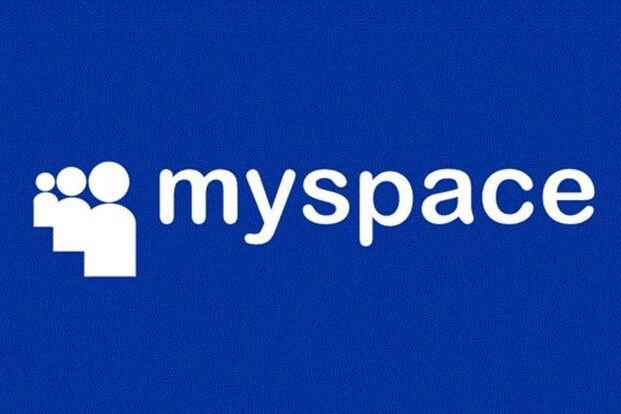
MySpace started as the place to connect online, but its focus shifted to flashy designs and ad revenue. Profiles became cluttered, slow, and less user-friendly, while Facebook built a cleaner, faster experience. Users began leaving for the simplicity and community Facebook offered. By the time MySpace tried to pivot, the mass migration had already taken place. The platform’s decline was not sudden but steady, a reminder that user experience should never be sacrificed for quick profit. In social media, people stay where they feel most comfortable and valued, and once they leave, they rarely return.
9. JC Penney – Rebranded to Attract “Cool” Customers and Alienated Loyal Ones
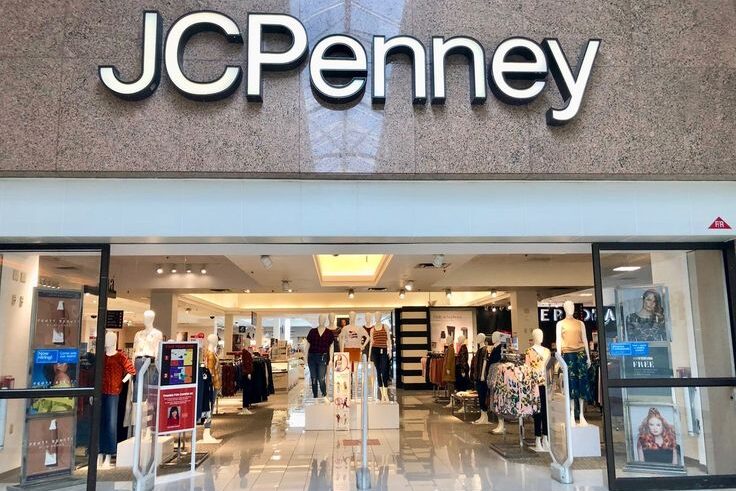
JC Penney hired a new CEO to reinvent the brand, hoping to appeal to younger, trendier shoppers. The strategy removed sales and coupons in favor of fixed prices, a move that confused and upset loyal customers. Longtime shoppers felt ignored, and the new audience never fully embraced the change. Sales dropped sharply, and leadership scrambled to reverse course. By then, the damage was done. The misstep shows that chasing a new crowd without honoring your existing base can backfire. Balance matters when trying to modernize, and loyalty is worth far more than fleeting trends.
10. WeWork – Expanded Recklessly Under a Charismatic CEO with No Limits
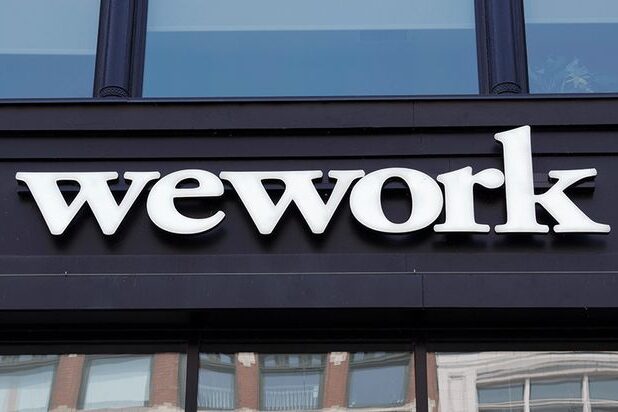
WeWork’s vision of shared office spaces attracted huge investments and rapid growth. However, expansion came faster than stability, with locations opening around the world before profitability was proven. Leadership focused on hype over sustainable planning, and when investor confidence dropped, the company’s value collapsed almost overnight. The culture of unchecked ambition created financial and reputational damage that was hard to repair. It stands as a cautionary tale of how charisma and momentum can blind decision-makers to practical limits. Growth works best when it is steady, supported, and built on a foundation that can truly last.
11. Theranos – Promised Revolutionary Blood Tests That Never Worked

Theranos claimed to have developed technology that could run multiple tests from a single drop of blood. Investors and the public were captivated by the promise, but behind the scenes, the devices failed to deliver accurate results. Instead of admitting the problems, the company doubled down on secrecy and false assurances. Once the truth came out, Theranos collapsed under lawsuits and lost trust. It is a stark reminder that no amount of branding can save a business built on false foundations. Every company here shows that one choice, left unchecked, can quietly start the end of the story.
This story 11 Companies That Went Broke Because of One Big Mistake was first published on Daily FETCH


